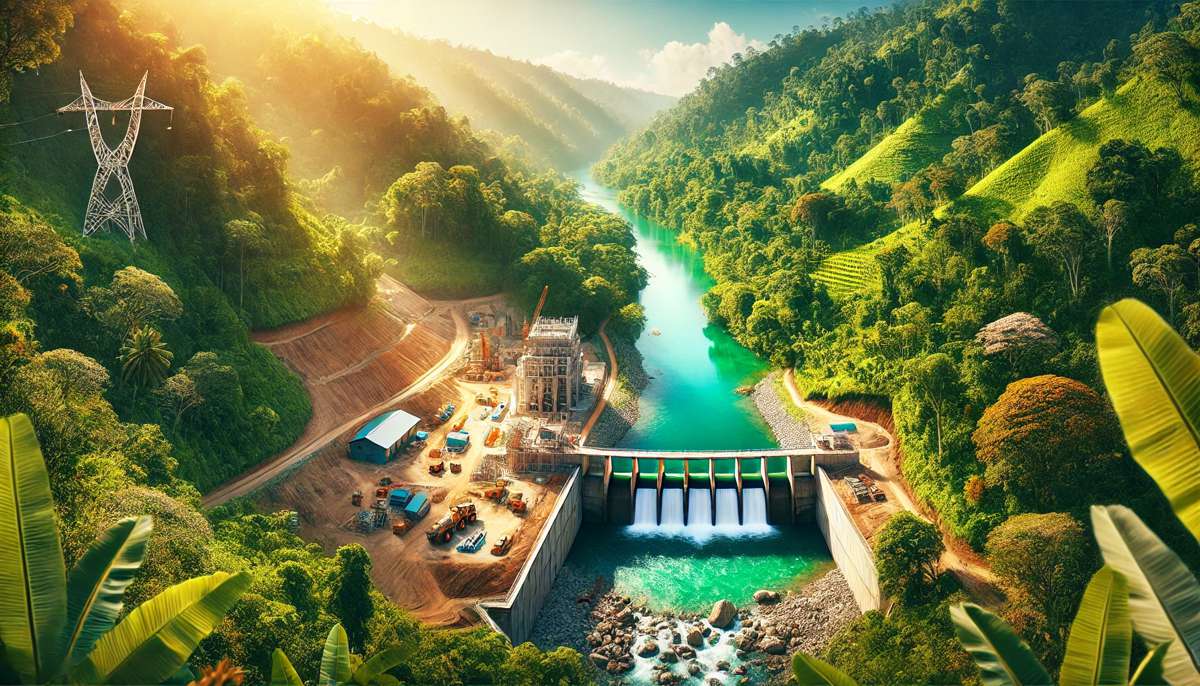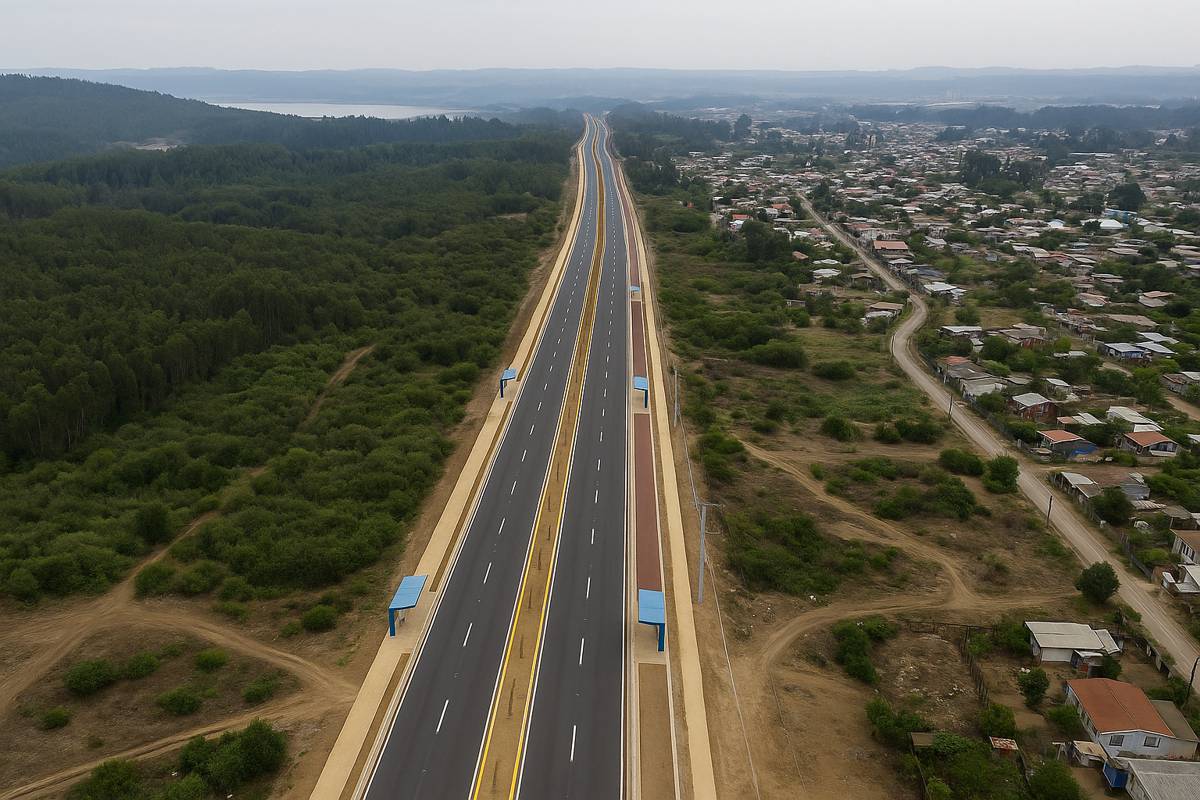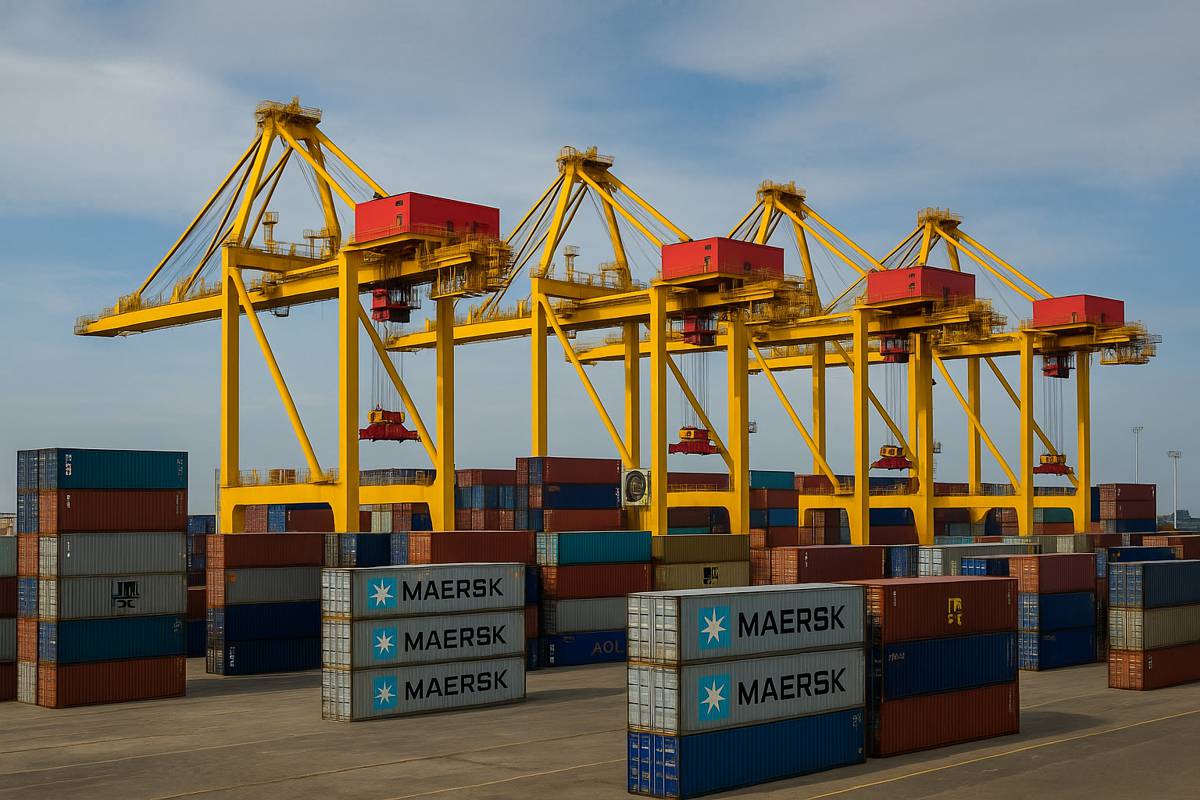ADB Financing Powers Tina River Hydropower Project in The Solomon Islands
In a landmark moment for the Solomon Islands, the construction of the long-awaited Tina River Hydropower Project officially kicked off with a ceremony led by Prime Minister Jeremiah Manele. Backed by a formidable consortium of international partners, including the Asian Development Bank (ADB), World Bank, and Australia, the ambitious project sets the stage for a greener and more sustainable future for this Pacific island nation.
The event saw the attendance of prominent figures like Leah Gutierrez, ADB’s Director General for the Pacific, Stephen Ndegwa from the World Bank, and Australia’s High Commissioner to the Solomon Islands, Rod Hilton. With its completion, the project is poised to reduce the nation’s dependency on imported fossil fuels and move towards energy self-sufficiency.
“This transformational project will support the development of renewable energy to supply electricity to the capital, Honiara,” remarked Ms. Gutierrez. “It’s a testament to the power of partnerships that has prioritised climate change action, sustainability, and community development.”
A Game Changer for Energy Security
Currently, the Solomon Islands is heavily reliant on diesel generators to power Honiara, its capital. This dependency on fossil fuels not only weighs heavily on the nation’s budget but also contributes to carbon emissions, undermining global climate goals. The 15-megawatt Tina River Hydropower Plant, located just outside Honiara, is set to change that narrative. By harnessing the natural flow of the Tina River, the project is expected to reduce the country’s annual diesel imports, cutting energy costs and reducing carbon emissions significantly.
The hydropower plant’s design aims to generate clean energy that will cover approximately 68% of Honiara’s electricity needs, displacing around 44,000 tonnes of carbon dioxide emissions each year. In an era where climate change poses existential threats to island nations, this project isn’t just about energy—it’s about survival.
Stephen Ndegwa emphasised: “The Tina River project aligns perfectly with our mission to promote sustainable development across the Pacific. By leveraging the region’s natural resources, we can uplift communities and drive economic growth.”
Strategic Partnerships Fuelling Progress
The project isn’t just a one-country affair; it’s a global endeavour showcasing the power of partnerships. Tina Hydropower Limited, a joint venture led by Korea Water Resources Corporation and Hyundai Engineering Corporation Limited, will deliver the project using a build-operate-own-transfer (BOOT) model.
This structure ensures that the Solomon Islands will eventually own the hydropower plant after a set operational period, making it a sustainable investment for the future.
The project finance backbone of the project is robust, thanks to the support from various international partners:
- ADB: Providing an $18 million loan and a $12 million grant, reinforcing its commitment to climate resilience and poverty reduction in the region.
- Green Climate Fund: Contributing to the project’s climate adaptation measures.
- Abu Dhabi Development Fund & Export–Import Bank of Korea: Offering additional funding to bring the project to fruition.
- Australian Government: Providing grants aimed at supporting infrastructure development and regional stability.
Rod Hilton commented: “This project stands as a beacon of regional cooperation and Australia’s dedication to supporting sustainable development in the Pacific.”
ADB’s Role in Pushing Boundaries
The Asian Development Bank, since its inception in 1966, has been instrumental in driving economic progress and reducing poverty across Asia and the Pacific. With its mission to foster a prosperous, inclusive, and sustainable region, ADB’s involvement in the Tina River Hydropower Project is a reflection of its strategic priorities. By supporting projects that bolster climate resilience, ADB is laying the groundwork for a sustainable energy future in the Pacific.
The bank’s contribution to the hydropower plant, particularly through concessional financing, underscores its focus on assisting vulnerable countries in their journey towards sustainable development. In the face of climate change, such projects not only reduce emissions but also enhance the resilience of small island nations like the Solomon Islands.
Leah Gutierrez added: “By investing in clean energy, we’re not just addressing today’s challenges but also securing a brighter, more sustainable tomorrow for the next generation.”
Community Impact and Local Development
Beyond just energy generation, the Tina River Hydropower Project brings tangible benefits to the local community. It will create jobs, provide training, and improve infrastructure in the surrounding areas. This economic boost is expected to lift local families out of poverty and stimulate growth in one of the nation’s most underdeveloped regions.
Local leaders have also highlighted the project’s focus on environmental and social safeguards. The construction activities are being closely monitored to ensure minimal impact on the surrounding environment and local ecosystems. Moreover, initiatives to engage local communities and uphold their rights have been integrated into the project plan.
Prime Minister Manele expressed: “The Tina River project is not just about power—it’s about empowering our people, creating jobs, and fostering a sense of ownership among our communities.”
Overcoming Challenges and Paving the Way Forward
Of course, no project of this scale comes without its challenges. The rugged terrain of the Solomon Islands, coupled with logistical hurdles, has made construction an uphill battle. However, the unwavering commitment of international partners and the dedication of the local workforce have kept the project on track.
This hydropower initiative serves as a blueprint for other Pacific nations looking to pivot towards renewable energy. By showcasing how collaboration can overcome financial and logistical barriers, the Solomon Islands is setting a precedent that others in the region can follow.
A Bright Future for the Solomon Islands
With the Tina River Hydropower Plant on the horizon, the future looks bright for the Solomon Islands. The project stands as a symbol of what’s possible when nations, institutions, and corporations come together to tackle the world’s most pressing issues. As the country takes steps towards energy independence, it also inches closer to a sustainable, climate-resilient future.
The completion of this project will mark not just an engineering feat but a triumph of human spirit and global solidarity. And as the Solomon Islands begin to reap the benefits of this venture, the ripple effects will be felt far beyond its shores.
Leah Gutierrez concluded with optimism: “We are confident that the Tina River project will set a new benchmark for sustainable development in the region.”





















